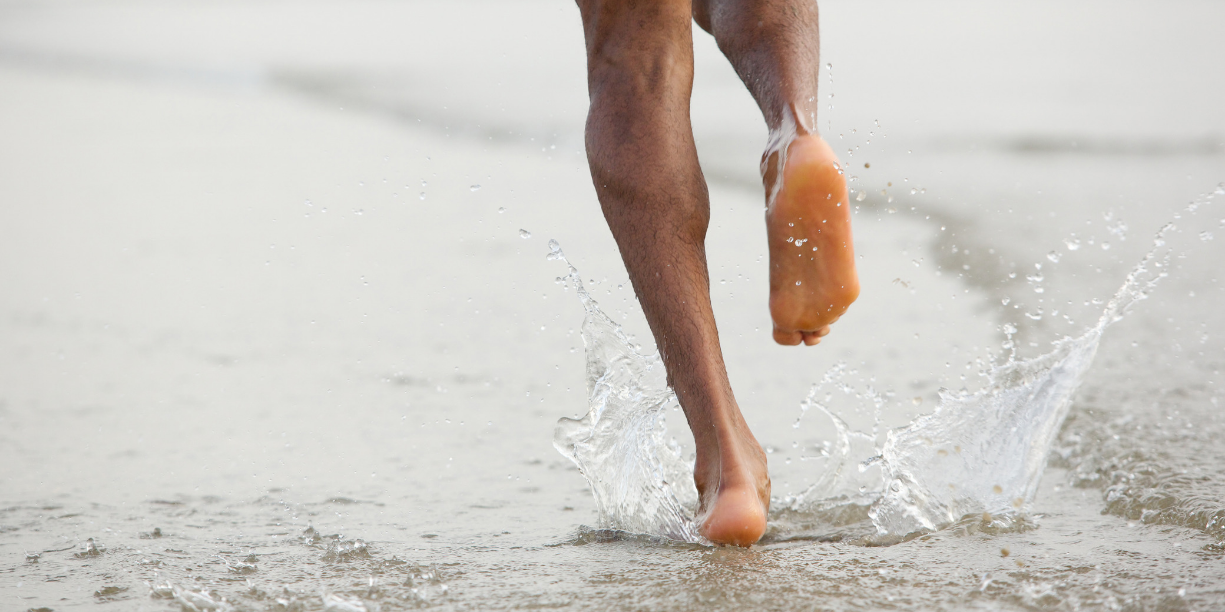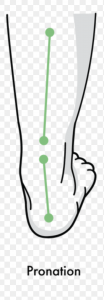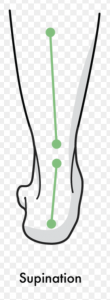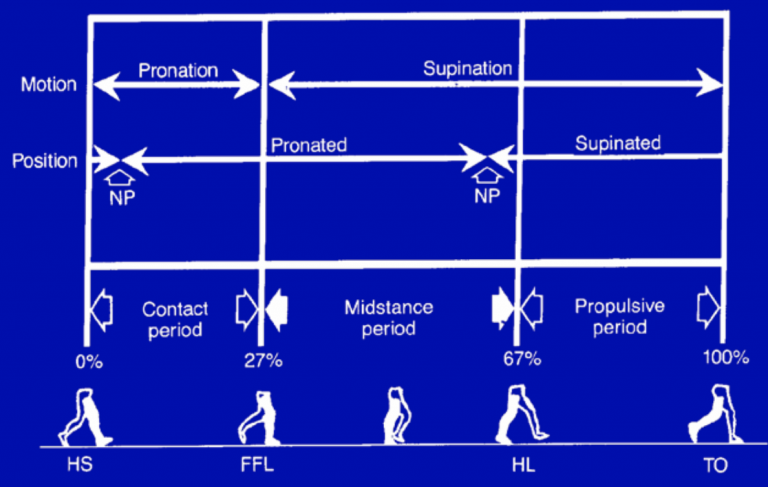



Introduction
With summer around the corner, it’s the perfect time to kick off your shoes and take a good look at your feet. Notice anything unusual? Are your toes straight, or does your big toe angle inward, mimicking the shape of your shoes? Perhaps your smaller toes curl under, or you see varied skin textures from footwear. These changes, unlike our youthful feet, occur due to the following reasons.
The Complexity of Feet
Feet endure significant stress daily – walking, running, jumping, and more. They’re encased in various “casts” we call shoes, which alter their natural movement and structure. Each foot comprises 26 bones, 19 muscles, and 107 ligaments, contributing to the intricate biomechanics that support our gait cycle. Despite their importance, foot biomechanics often receive minimal attention from personal trainers and coaches.
Pronation and Supination: Key Terms
Understanding pronation and supination is crucial for appreciating foot biomechanics. Both involve tri-planar actions—combinations of three movements.
Pronation

In the pronated state, the foot is wide, loose, and the midtarsal joint is “unlocked.” This phase of the gait cycle acts as a shock absorber, protecting the body from impact as the foot hits the ground.
Supination

During supination, the foot is narrow, stiff, and the midtarsal joint is “locked.” This provides the rigidity needed for the “toe off” phase, propelling the body forward.
The Overpronation Fallacy
The concept of “overpronation” is often misunderstood. Examining the gait cycle reveals that what’s often labeled as overpronation might be a misinterpretation of late supination.
The Gait Cycle

Root Theory vs. Modern Understanding
Root Theory significantly influenced the podiatric and orthotic professions, labelling “loose” feet as overpronators due to inward rolling and prolonged pronation during the heel lift phase. This was thought to cause issues as the foot should be transitioning to a rigid state.
However, this approach often created new problems by restricting necessary pronation, increasing shock impact up the body. Modern orthotic design, influenced by Panjabi’s model, addresses this by improving the timing of supination with smaller wedges, allowing a more natural gait.
Overprescription of Orthotics
It’s essential to ensure your podiatrist is updated with the latest theories. Over-prescription based on outdated theories can cause more harm than good. Always verify your podiatrist’s credentials and training.
Conclusion
Today, we explored the theory behind foot movement, the biomechanics involved, and their broader implications on body function. By understanding these concepts, we can better advise clients on their foot health and overall biomechanics.
Interested in learning more about foot biomechanics? Contact us for more information.
Enhance Your Skills
Would you like to reduce your clients’ injury risks and improve their results? Learn more about our Biomechanics Coach Diploma, now including a Level 4 Low Back Pain Qualification. Find out more here about becoming an even better personal trainer.
References
For more information, visit Hersco’s Education Center on Foot Biomechanics here.
Contact us to find our more.
